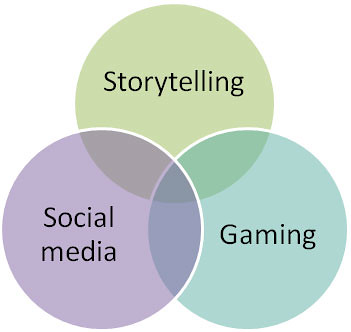The podcast I chose is the podcast 744, it’s the podcast talking about how to deal with a mistake in a business situation. There are many useful vocabularies and short sentences for people to use when they facing a mistake in business sector.
Commercial sector and business world is one of the most popular topics that people always talks about. In business organization, learning how to use suitable and appropriate word or sentence is quite crucial for people who are working in business world, also quite important for student who wants to work in the section, because the word and sentence that should be used must be very professional and directly.
The podcast I choose is about dealing a mistake. When you facing a mistake and someone got angry on that, what you should do is use the appropriate word to clarify the whole thing: what kind of mistake you made, the words, for example, “wires got crossed” means that there is a misunderstanding or miscommunication on the problem, they are not communicated properly. And what’s more, you should show a positive attitude that you will try you best to find out a solution to solve it, and you will deal with it as soon as possible. For instance, “get to the bottom of” means you will investigate, and find out the real reason of the problem. And other words, such as “purchase order”, “figure it out”, “screw up”, “productivity” and “debacle”. Teaching these words to students can greatly help student to know more about how to use appropriate and correct word in real business world.








